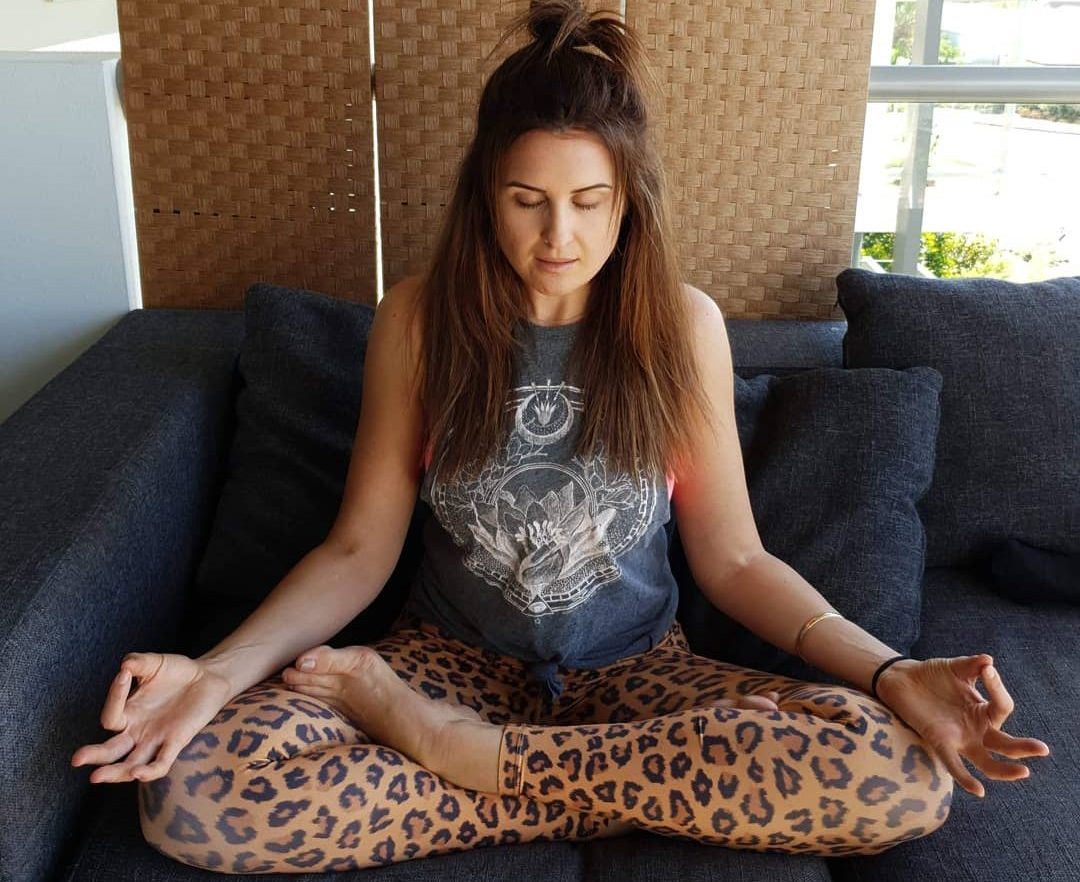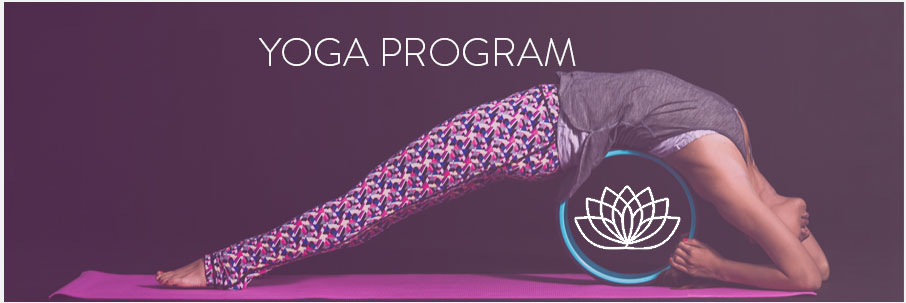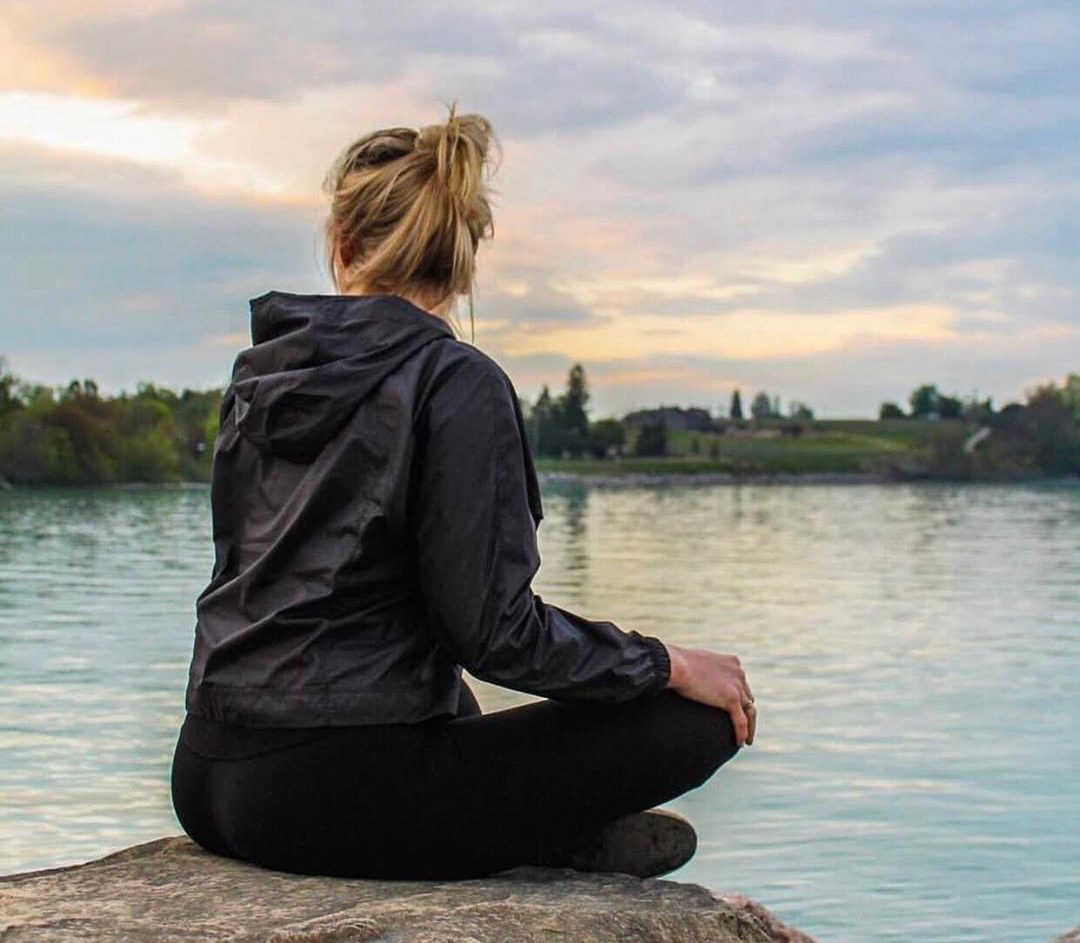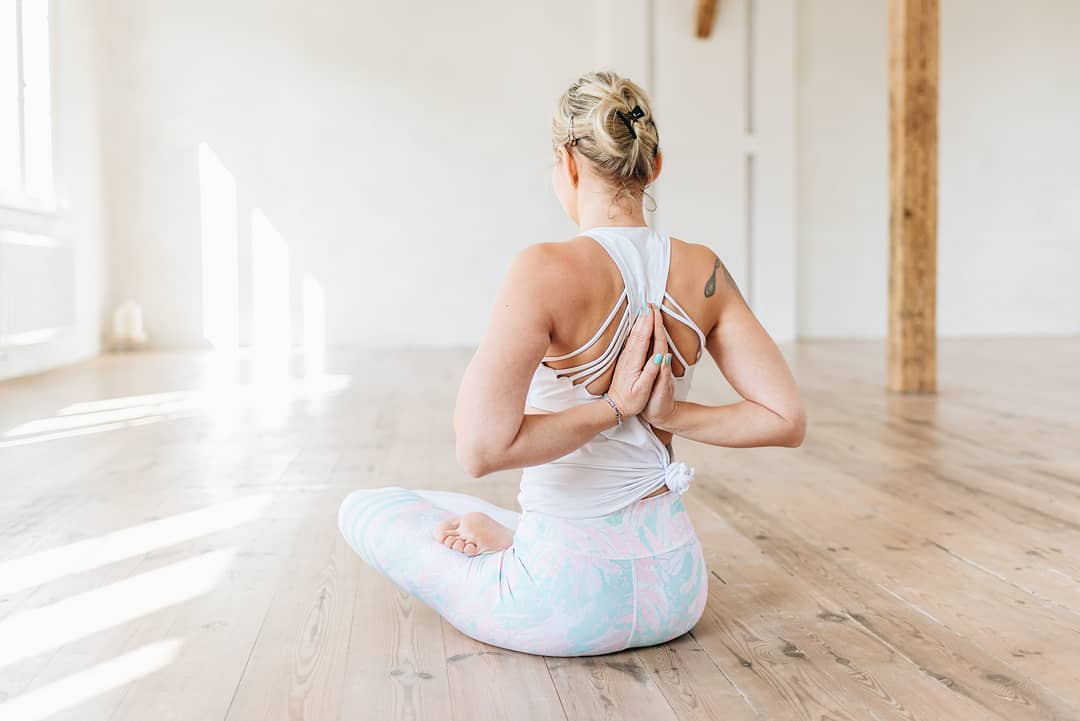Pranayama
For days, you've imagined that you were going to do yoga to unlock your body and relax. And it's true, your first yoga class was going well. But all of a sudden, you experienced a huge blank. Boom... Total mystery. Your teacher started talking to you about Pranayama.
"Prana what?" You had no idea what it meant. But fortunately, you fell here. Don't worry, I will explain everything about this principle of yoga, not so complicated after all, and so interesting. In a few words, Pranayama is all the breathing exercises in yoga. And it's true, it's a part sometimes forgotten when we think about a yoga class. It is also less appreciated than the postures by some beginner yogis.
What is its purpose? What are its benefits? Through this article, I hope to help you learn how to tame breathing in yoga and explain what it is, as simply as possible.
What is Pranayama?
The term Pranayama actually consists of two notions: prana and a-yama. Prana means "vital energy" and "breath" while a-yama means "retention". Pranayama is therefore the retention of breath. Of apnea? In yoga class? I'll stop you right away, you won't have to bring your snorkel during your sessions.
By breath retention, we rather mean "control of vital energy through breathing". Breathing exercises in yoga will therefore allow us to circulate our energy, soothe it and also purify our body. It is in fact a very varied practice. But where does it come from? Here are some clarifications.
You have understood that in yoga, Prana is our breathing. But it is also our vital energy. As long as we breathe, we are alive, aren't we? The two definitions are therefore easily understood. However, Prana also has a deeper meaning. A bit like the term "inspiration" in French, which refers to both a way of breathing and our ability to be inspired. And when we feel inspired, we sometimes feel like we are being guided by a creative impulse. Often, it seems that our ideas "fall on us", that they don't come from us. Elizabeth Gilbert describes it very well in her book Comme par magie d'ailleurs (a book I recommend).
In Prana, we also find this spiritual side. It is finally a life force that comes and goes, that sometimes falls on us without warning and that we don't totally control. And tada! The only thing missing was Pranayama to teach us how to tame it, instead of letting it stupidly run away in our body all our life.
The term Pranayama therefore has the idea that behind the exercise of breathing, we can control our vital energy. Moreover, this is what we also seek to do in many ancestral disciplines. Indeed, this energy is called Chi or Qi in Chinese medicine. This may sound familiar.

Prana and the Nadis
In the early writings on Prana, we find the idea of channels that allow the energy of Prana to circulate throughout the body. According to Butha Suddhi Tantra, there are 72,000 channels in total (I don't know who it is either, but we must give back to Caesar what belongs to him). However, don't start looking for them, because these channels are invisible. They are connected to the blood vessels, but most of them are abstract, a bit like the Chinese meridians. Anyway, they are called Nadis.
The major Nadis are :
- ida
- pingala
- sushumna
These have a very important role in the Prana circuit. According to the writings, Ida and Pingala are located all around the spine and Sushumna is located inside the spine. One evokes that it would be at the bottom of the column, where the Kundalini is located. Moreover, one evokes that with each crossing of the first two nadis, one finds a chakra. Moreover, the chakras, of which I will speak to you again in more detail, also make it possible to make Prana circulate.
Well, it's getting a little complicated. But let's keep in mind this very simple aspect: Ida and Pingala are respectively linked to the left and right sides of the body. One to the right nostril (and to the corresponding hemisphere of the brain) and the other to the left nostril. Ah you are beginning to understand the reasons for the alternating breathing, aren't you? Yes, even if in medicine, we never talk about right and left breathing, in yoga philosophy, it is of utmost importance. It's good for Prana, you see?
Why combine yoga and breathing? The purification of the Nadis
The Nadis are therefore the vehicles of Prana. They are the ones who maintain a good energy in the body. And as when our pipes are badly maintained, by force, there is a risk of clogging (forgive this metaphor). The purification of the Nadis is therefore an essential element to allow a good circulation of Prana. When the Nadis are purified, the vital functions function perfectly and the mind and spirit will also be purified. Thus, the liberation of the mind, so much sought after in yoga, is achieved. There you have understood the intention of the breathing exercises in yoga. It is through them that we will be able to purify these channels.
You now know why these exercises are so important during your yoga sessions, as a complement to the postures. Moreover, you will see that they will be at the center of the Kundalini yoga sessions. A style of yoga that places great importance on rekindling the body's energy.

What are the benefits of Pranayama?
When I started practicing yoga, I hated Pranayama! I found it "complicated" and so unusual... It's true, we breathe at every moment, all our life, day and night, unconsciously. We never have to worry about it, it's the most natural thing there is. So why should we lean our consciousness over it?
We will have to delve into the philosophy of yoga to understand this necessity of breath awareness. But in the end, even when we have no knowledge of it, we can see for ourselves the many benefits of Pranayama:
• better oxygenation of the brain and muscles
• decrease in blood pressure
• feeling of deep relaxation
• reduction of stress and anxiety
• relaxation of tension in the belly and rib cage
• better digestion
• stimulation of the immune and lymphatic system
Similarly, breathing can soothe or on the contrary give a burst of energy. It can warm the body or cool it down. We will therefore use different Pranayamas according to the seasons and periods of life.

Tips for Pranayamas
As with the Asanas, it is best to practice Pranayamas on an empty stomach, as they tend to mobilize the internal organs and the stomach. Also, when you first begin the breathing exercises in yoga, it is best to do it with a teacher. You can then practice them alone at home, preferably in the morning when you wake up or before you go to bed.
Remember that some yoga breathing exercises bring a lot of oxygen to the brain at once. This has the effect of making you feel a little dizzy at times (this is often the case with Kapalabathi). In this case, it is advisable to stop practicing the exercise immediately. Similarly, if the exercises seem uncomfortable or anxious to you, abandon them without scruples. The goal of Pranayama is not to force your breathing or to fight against your body's reactions, but on the contrary to listen to you.
To practice alternate breathing, place your index and middle fingers on your forehead between the two eyebrows. Your ring finger is placed on your left nostril and your thumb on your right nostril. Close your left nostril and take a breath through the right nostril only. Hold your breath for a moment while you change fingers. Then plug your right nostril with your thumb and release the left nostril by unsticking your ring finger. Then exhale through the left nostril only. Inhale through the left nostril. Close the left nostril with your ring finger and exhale through the right nostril. Then inhale through the right nostril only. Repeat the exercise several times for a few minutes.

Becoming aware of one's breathing
Awareness of one's breathing only defines the idea of concentrating on one's breath. It is something that we do little in our daily lives. To do this, close your eyes (after reading this paragraph) and pay attention to the air coming in and going out of your nostrils, its path from the nose, the back of the throat, to the rib cage and the belly. Follow the path of your inhalation and exhalation. Then, for example, you can imagine that when you breathe in, the breath reaches the base of your spine. And that on exhaling it goes up to the top of your head. Continue to breathe in this way calmly, consciously. And then let go of the exercise little by little after several minutes. This exercise is quite simple and can be practiced at home without risk. It is a bit like meditation.
Complete breathing allows us to add awareness to the movements we make while breathing. Often, when we are stressed, we breathe only with the upper chest without fully inflating the lungs. This exercise invites us to breathe by inflating the abdomen, stomach, lower chest and floating ribs (why not the back), and finally the upper chest and clavicles. Then, it consists in exhaling by the same route, deflating the stomach, then the lower chest and finally the upper chest. The exhalation is done with completely empty lungs and the inhalation inflates the lungs to the maximum. You can practice full breathing, lying down, sitting or standing.
Other yoga breathing exercises also exist. We find in particular:
- Surya Bheda Kumbaka or solar breathing.
- Kapalabathi, a breathing that purifies and massages the internal organs.
- Sitali, a breath made with the U-shaped tongue (for those who manage it).
- Ujjay, the breathing of Ashtanga.

Yoga and Breathing: When is Pranayama practiced?
It would probably be quicker to list the styles of yoga where Pranayamas are not used (are there any?)... As you will see, Pranayama is at the base of the practice of yoga: the breath constantly follows the movement. Moreover, Pranayama is one of the 8 principles of yoga according to Patanjali.
• In Ashtanga Yoga, we will use the Ujjay breath which allows perspiration.
• In Vinyasa Yoga, the breath is at the center of every movement. But we can also take a few minutes while sitting down to do a breathing exercise.
• In Kundalini Yoga, the kriyas (sequences) will be turned towards various breathing exercises in an almost systematic way.
• In Hatha Yoga, one will usually have a moment during the session to practice a breathing exercise at a distance from the Asanas.
• In Prenatal Yoga, we will promote breathing exercises to prepare the body for childbirth.
Now, I hope that Pranayama seems a little clearer to you and that it can be more easily integrated into your yoga practice.


